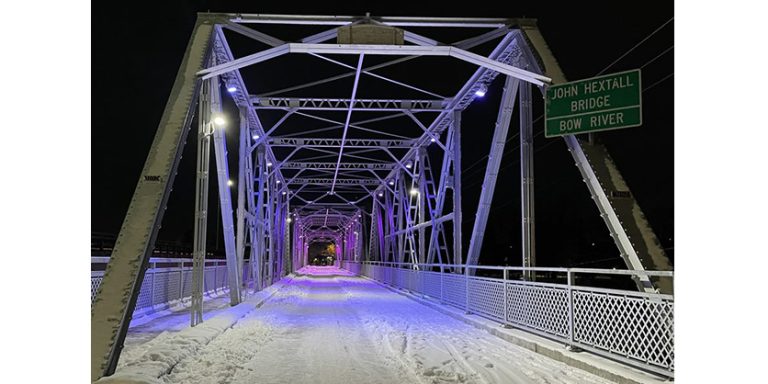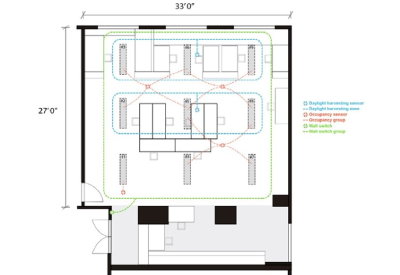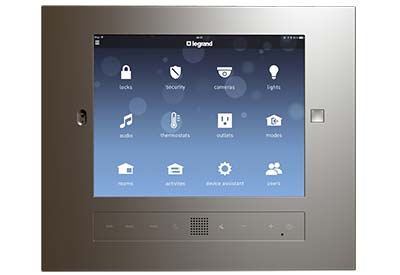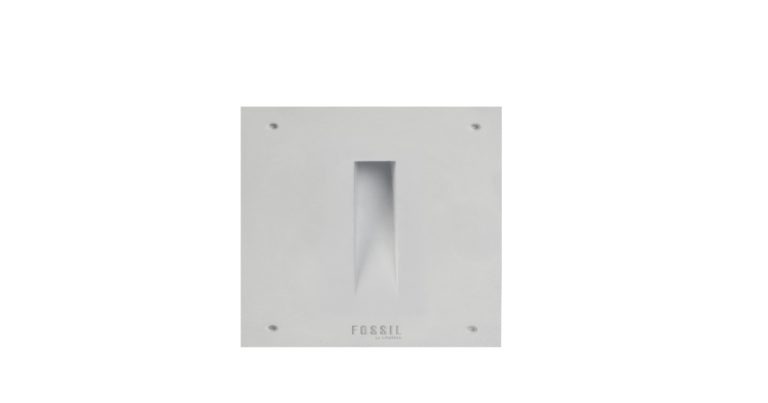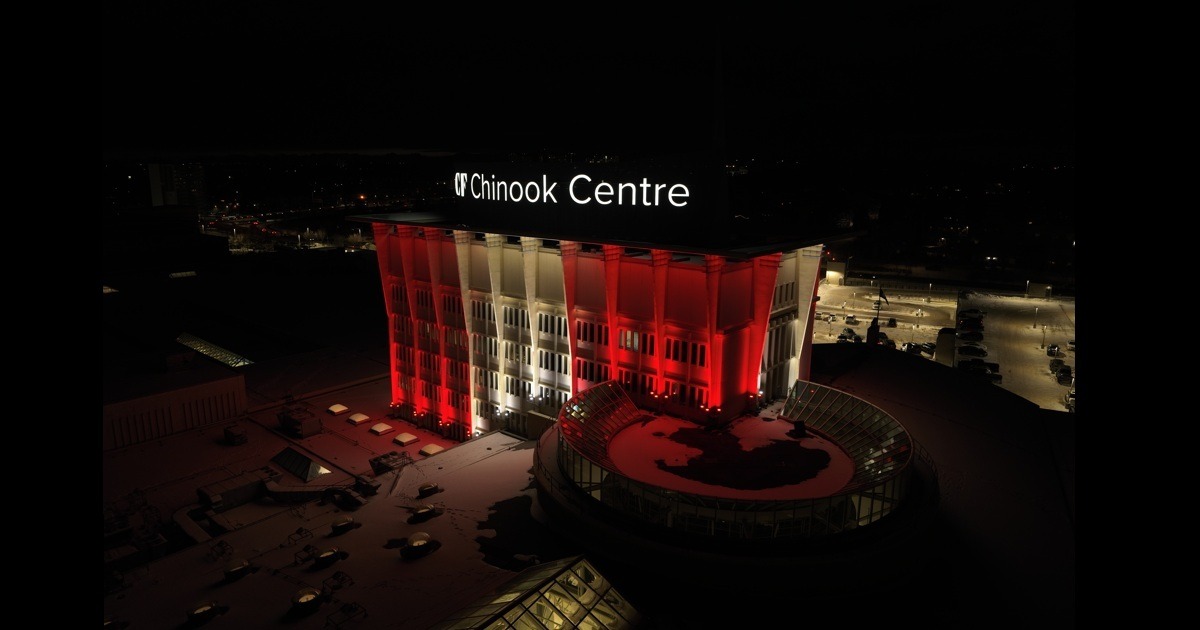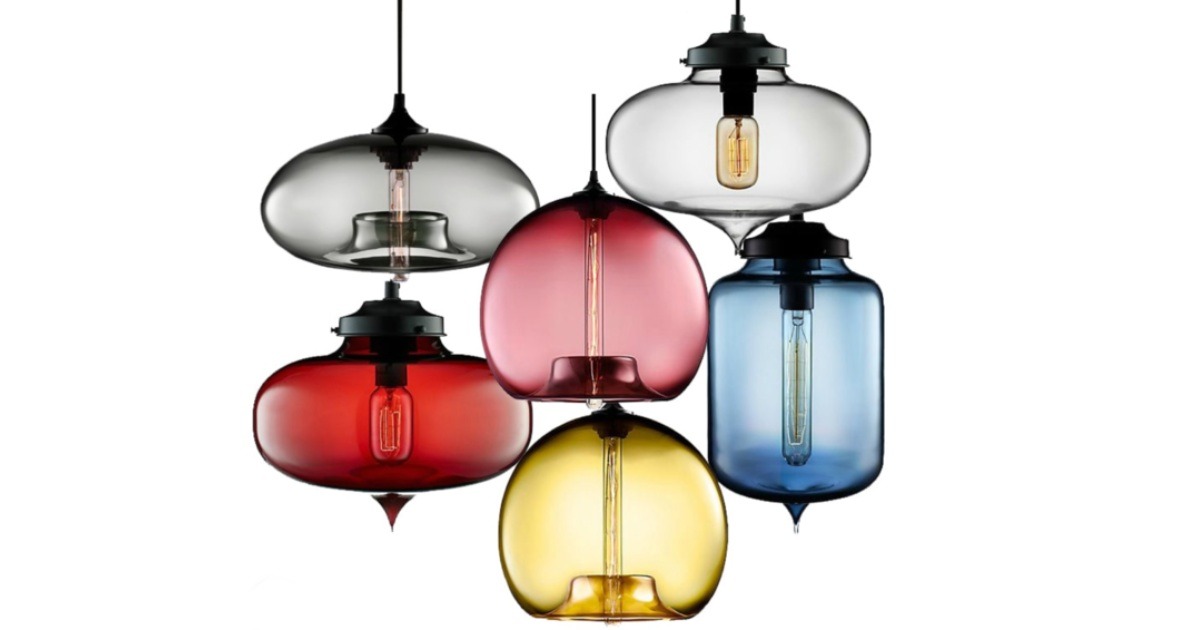Can LEDs Help Grow Food in Canada’s North?
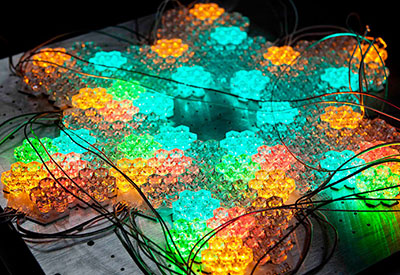
June 06 2016
LED-based technology originally conceived to help feed astronauts in space may help grow fresh fruits and vegetables in Canada’s north, according to a recent Toronto Star article by Amy Pataki.
A sealed, stainless steel cube the size of a baker’s rack, with shelving and a glass roof through which LEDs shine would allow 24-hour growth 12 months a year in a region where high energy costs and virtually no sun for months on end limit the use of greenhouses.
Using LEDs to stimulate plant growth is already a success in
• Japan, where strawberry growers tripled their yield using supplemental blue LEDs
• the Netherlands, where purple LEDs stimulate lettuce growth
• Kuwait, where LEDs help grow cherry tomatoes and cucumbers
For the Northern Farm Training Institute in Hay River, NWT, Norwegian lighting firm Intravision is customizing the spectrum for optimal photosynthesis. “We have to be careful,” Pataki quotes environmental biologist Mike Dixon, a University of Guelph professor and director of the school’s Controlled Environment Systems Research Facility. Dixon’s lab is working on the right colour “recipe” for each plant. “By adjusting the lighting, we can make the plants taste different. You don’t want a strawberry that tastes like a doughnut,” he told Pataki.
The proposed pilot project would grow six perishable foods — cucumbers, tomatoes, strawberries, bell peppers, lettuce and herbs — which now must be imported at great cost. It takes 12 days for strawberries to travel from Mexico to Yellowknife. Shipped-in food is expensive: bananas that cost about $1.25 a kilo in Toronto are $4.17 in Nunavut, writes Pataki.
Thirty of the stainless steel prototypes cost about $2 million to build.
Read the original article: https://www.thestar.com/life/food_wine/restaurants/2016/05/06/how-space-technology-is-helping-canadians-boldly-grow-where-no-one-has-grown-before.html.

